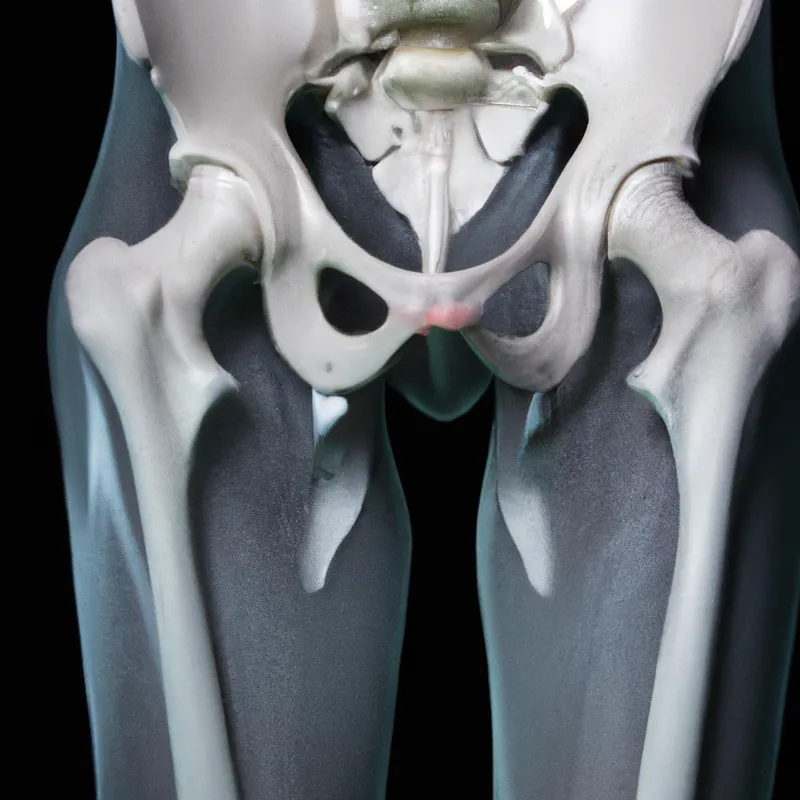Identify Key Trigger Points in Hip Flexors
Recognizing Trigger Points in the Hip Flexors
The hip flexors play a crucial role in daily movements. These muscles lift your knees and bend your waist. They are essential for walking, running, and climbing stairs. Many people underestimate their importance. This underestimation can lead to discomfort and mobility limitations. Recognizing trigger points in the hip flexors helps maintain optimal function and relieve pain.
What Are Trigger Points?
Trigger points are hyperirritable spots in skeletal muscle. They can cause localized pain or discomfort. Overuse, strain, or poor posture often leads to these points. In the hip flexors, they may cause pain in the hip, lower back, or thighs. Identifying these points is vital for understanding discomfort and developing treatment strategies.
Common Symptoms of Trigger Points
You may notice several symptoms indicating trigger points in your hip flexors. You might experience:
– **Localized Pain:** A dull ache or sharp pain in the hip area.
– **Discomfort When Walking or Sitting:** Difficulty sitting for long periods or walking comfortably.
– **Difficulty Bending at the Waist:** Challenges with bending forward or squatting due to tightness.
– **Radiating Pain:** Pain may extend to the lower back or thighs.
Recognizing these symptoms early can help prevent severe complications. Taking proactive measures can address the issue effectively.
How to Locate Trigger Points in Your Hip Flexors
Locating trigger points requires some self-exploration. Start by lying on your back on a flat surface, such as a yoga mat or carpet. Bend your knees and keep your feet flat on the floor. Relax your arms at your sides.
Gently press into your hip flexors with your fingers. These muscles are at the front of your hips and may feel tight or tender. You may find specific areas that feel more sensitive; these are likely the trigger points. Once you find them, apply gentle pressure for about 30 seconds. This technique can relieve tension and promote blood flow.
Tips for Addressing Trigger Points
Addressing trigger points in the hip flexors requires consistency. Here are effective tips to alleviate tension and improve flexibility:
1. **Stretch Regularly:**
Incorporate hip flexor stretches into your routine. Try lunges, seated butterfly stretches, or pigeon poses. Aim for at least 15 minutes of stretching daily, especially after long sitting periods.
2. **Use**
Conclusion
In summary, recognizing and addressing trigger points in the hip flexors is essential for pain relief and mobility.
Below are related products based on this post:
FAQ
What are trigger points in the hip flexors?
Trigger points are hyperirritable spots in skeletal muscle that can cause localized pain or discomfort. In the hip flexors, these points may result from overuse, strain, or poor posture, leading to pain in the hip, lower back, or thighs.
What symptoms indicate the presence of trigger points in the hip flexors?
Common symptoms include localized pain in the hip area, discomfort when walking or sitting, difficulty bending at the waist, and radiating pain extending to the lower back or thighs. Recognizing these symptoms early can help prevent severe complications.
How can I locate trigger points in my hip flexors?
To locate trigger points, lie on your back on a flat surface and bend your knees with your feet flat on the floor. Gently press into your hip flexors with your fingers; sensitive areas may indicate trigger points. Apply gentle pressure for about 30 seconds to relieve tension and promote blood flow.















Post Comment